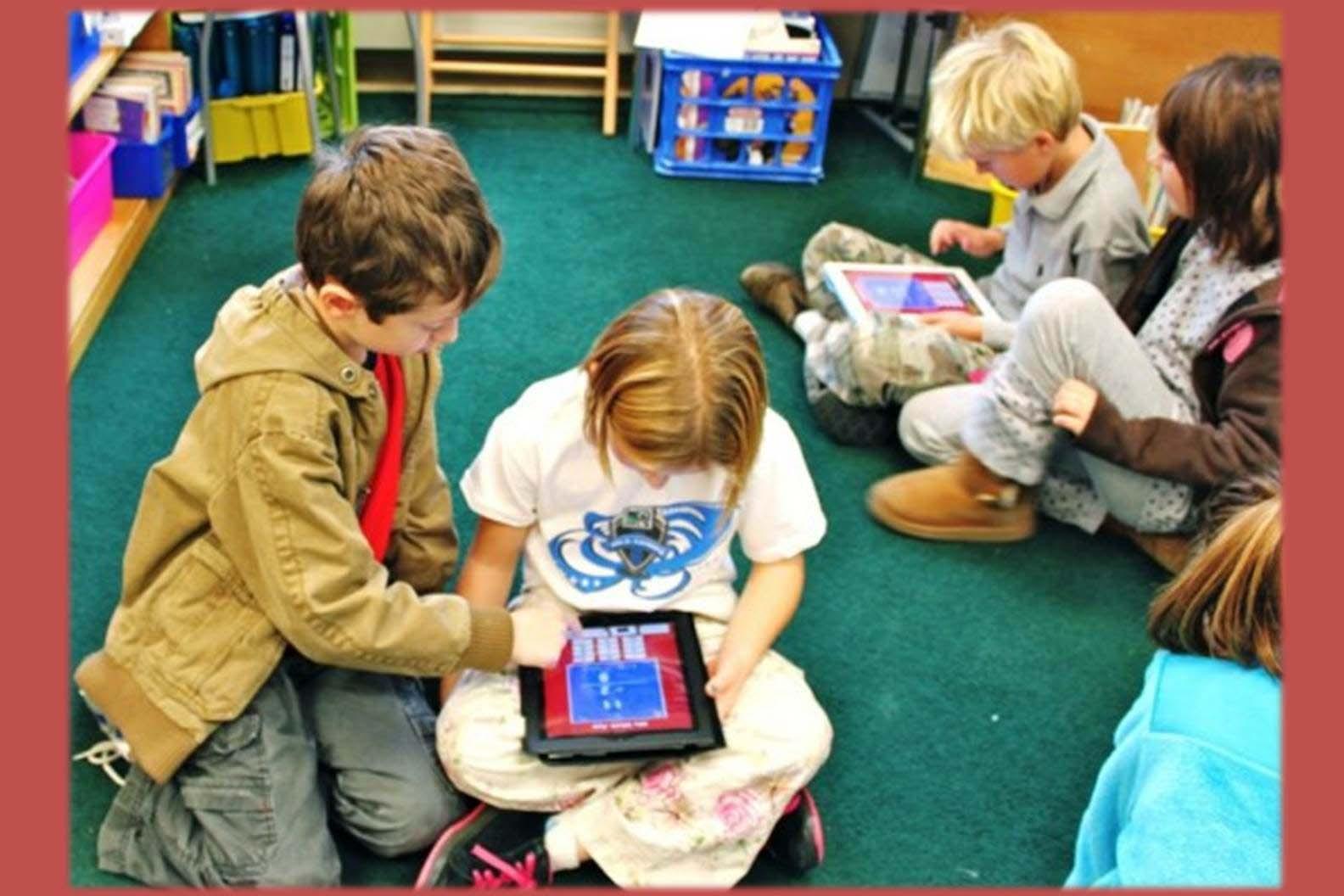Bring your own device (BYOD) (also called bring your own technology (BYOT), bring your own phone (BYOP), and bring your own PC (BYOPC)) means the policy of permitting employees/students to bring personally owned mobile devices (laptops, tablets, and
smart phones) to their Workplace/School/Colleges.
As technology has become an essential part of education
, there are many reasons behind the implementation of BYOD in schools and colleges. The devices mainly included here are Smartphones, Tablets, and iPads. Student owned devices are sometimes sanctioned by the schools or other sponsors. But in some institutions, due to low budget, they are hoping to implement technology into classroom without investing money to buy a device for each student; and BYOD can be a solution for such organizations too. They can allow students to bring laptops, tablets, and smartphones from home and to use them in the classroom and share them with other students.
It’s a very helpful program for students with low tech budgets. There are many educational institutions which have already implemented BYOD and are getting positive results. Let’s know about some of them.
Hanover Public School District:
Hanover Public School District is committed to helping students and staff in creating a 21st century learning
environment. The new effective policy they have implemented recently to reach their goal is BYOD. Students and staff will now be able to access the wireless network with their personal devices (laptops, netbooks, tablets, smart phones, etc.) during the school day. With classroom teacher approval, students may use their own devices to access the internet and collaborate with other students. Many schools across the nation are implementing Bring Your Own Device policies for their students and staff. By allowing students to use their own technology on campus they are hoping to increase the access all students have to the technology they need to succeed.
Forsyth County Schools:
As new technologies continue to change the world in which we live, they also provide many new and positive educational benefits for classroom instruction. To encourage this growth, Coal Mountain Elementary permits staff and students to bring your own technology (B.Y.O.T.). This school is supporting the BYOD initiative. They are providing many resources (BYOD) for parents & students on their website.
Mankato Public School System:
“By allowing kids to bring in their own devices, you free up school resources for the kids who don’t have access,” says Doug Johnson, Director of Media and Technology for the Mankato Public School System. Mankato has joined the growing Bring Your Own Device movement that allows students to use their own Netbooks, laptops, and tablets — anything that connects to the school’s wireless network — during class time.
Oak Hills Local School District:
With students and staff bringing in their own devices Oak Hills Local School District found a need to completely rework their acceptable use policy. They are pleased to be able to offer our students, staff and guests access to computer technology, including access to the Internet, certain online services, and the Oak Hills information technology network.
Escambia County Schools:
Escambia County Schools have implemented BYOD program through its carefully worded acceptable use policy. Booker T. Washington High School, a school within the Escambia district in Florida, has a new pilot program this year to improve their performance. They believe that 21st century instruction is necessary for 21st century learning, so they have implemented BYOD. While some organizations are in a confusion to implement BYOD, this school has set an amazing example by proving that the implementation of BYOD will give success.
Katy Independent School District:
“People were already trying to hide what they were doing on their smartphone because it was illegal by the school rules. So by opening it up, we got a lot more freedom and things moved a lot faster,” said one student in the Cisco video about Katy’s deployment. Katy Independent School District in Texas recognized how to leverage BYOD with its students, turning what had once been a classroom disruptor into a learning tool – and better test scores.
It’s our responsibility as educators to provide all students prior chances to connect, communicate, collaborate and create. Technology will help them in achieving anything; it will improve their independent learning abilities. So, try implementing BYOD with carefully worded acceptable use policy and see the awesome changes. Share your views in the comment box.
